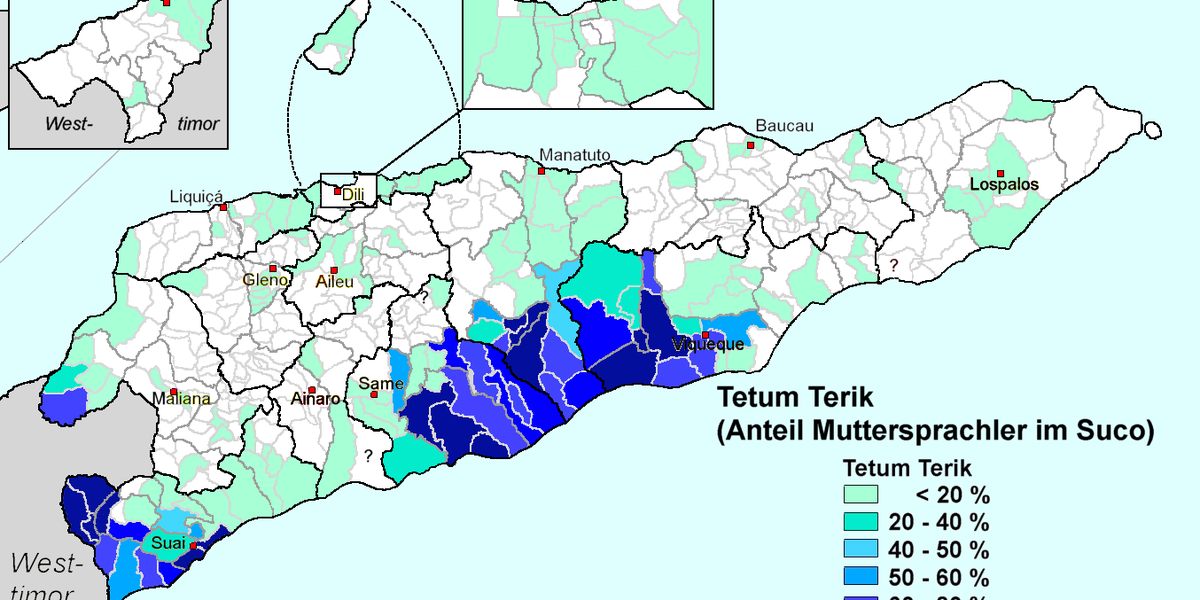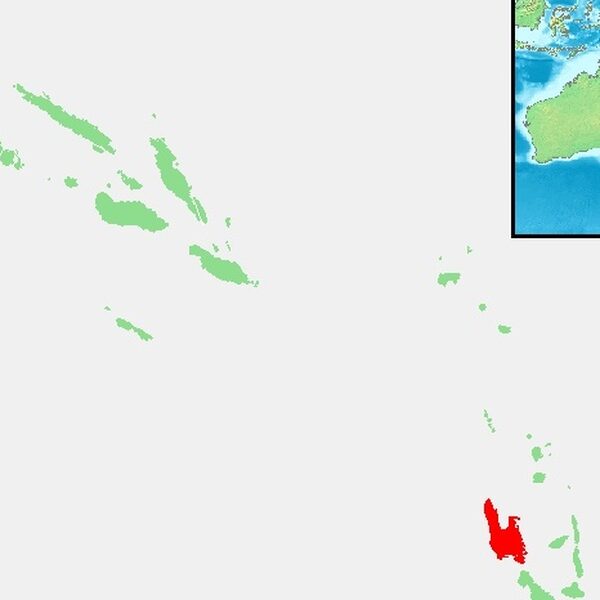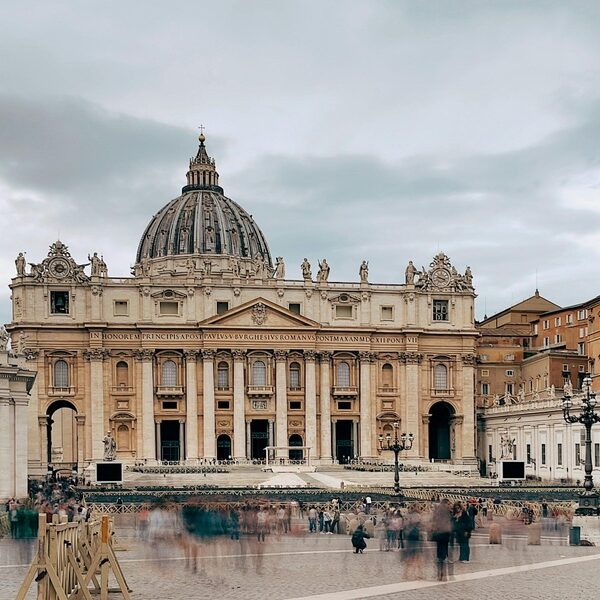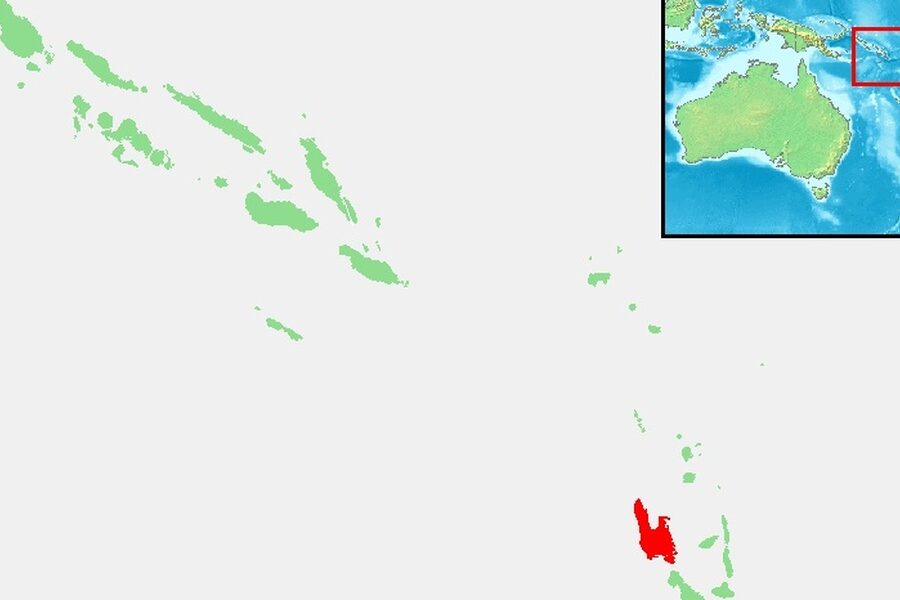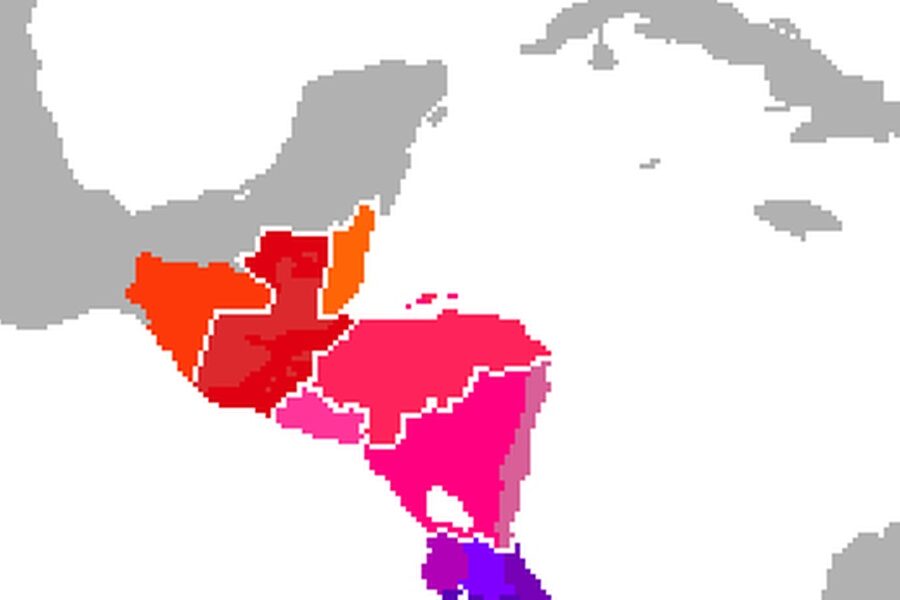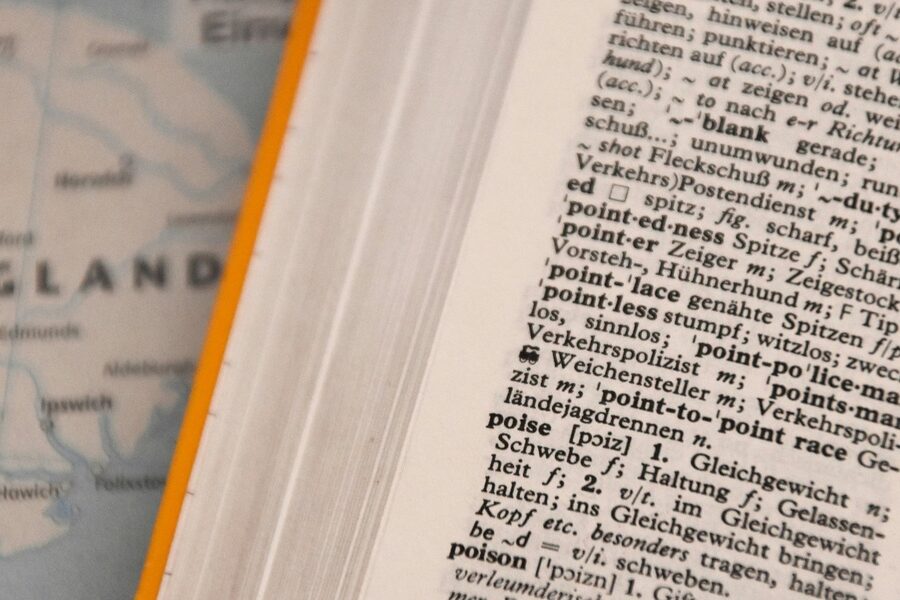Timor-Leste sits at the eastern end of the Lesser Sunda Islands, where Austronesian and Papuan influences meet and a patchwork of local tongues reflects centuries of island life, trade and migration. That linguistic diversity shapes daily life, media and local identity across both urban Dili and remote coastal villages.
There are 16 Languages Spoken in Timor-Leste, ranging from Baikeno to Wetarese. Each entry below is presented with clear fields so you can compare them quickly: Speakers (est.),Main region(s),Status — you’ll find below.
Which of these languages are used in government and schools?
Tetum and Portuguese are the official languages and are commonly used in government and formal education; Tetum serves as the lingua franca in many public settings while Portuguese appears in law and official documents. Local languages may be used in primary education and community contexts depending on the region.
How endangered are the smaller languages like Baikeno and Wetarese?
Many smaller languages have limited speaker populations and are classified at various levels of vulnerability; some are stable within villages, while others — especially those with few elderly speakers — face decline without targeted documentation and revitalization efforts.
Languages Spoken in Timor-Leste
| Language | Speakers (est.) | Main region(s) | Status |
|---|---|---|---|
| Tetum | 800,000 | Nationwide; Dili, central districts | Official |
| Portuguese | 300,000 | Dili, government, urban areas | Official |
| Indonesian | 350,000 | Widely used among older generations; border areas | Introduced |
| English | 100,000 | Urban, youth, education sectors | Introduced |
| Mambai | 200,000 | Ermera, Aileu, Manatuto, Liquiçá | Recognized regional |
| Makasae | 150,000 | Baucau, Viqueque, eastern interior | Recognized regional |
| Fataluku | 120,000 | Lautém, Lospalos area | Recognized regional |
| Makalero | 45,000 | Viqueque, southeast Timor | Recognized regional |
| Bunak | 70,000 | Central mountain areas (border zones) | Recognized regional |
| Kemak | 90,000 | Aileu, Bobonaro, Ermera fringes | Recognized regional |
| Galoli | 30,000 | Baucau coast, Manatuto district | Recognized regional |
| Tokodede | 30,000 | Liquiçá, western coastal areas | Recognized regional |
| Baikeno | 8,000 | Atauro Island (Dili offshore) | Vulnerable |
| Idaté | 8,000 | Central highlands (Manatuto vicinity) | Vulnerable |
| Wetarese | 10,000 | Atauro and nearby islets; some coastal areas | Vulnerable |
| Habun | 3,000 | Small central communities | Endangered |
Images and Descriptions
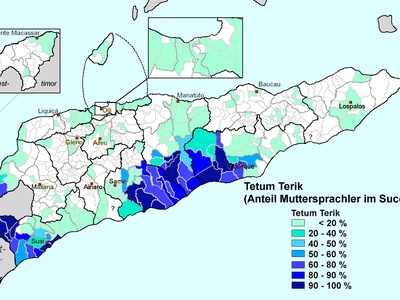
Tetum
Tetum is the main lingua franca and one of two official languages. It blends Austronesian roots with Portuguese influence and is used in daily life, media, and local government (estimate from census and language surveys).
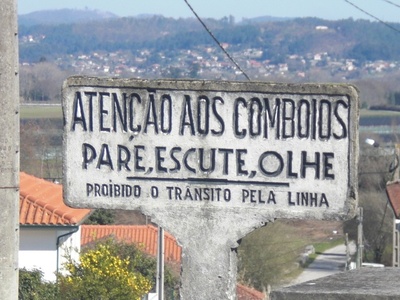
Portuguese
Portuguese is the other official language, used in law, formal education and administration since independence. Speaker numbers are rising as a learned language; many users are bilingual with Tetum (estimate: census/Ethnologue).
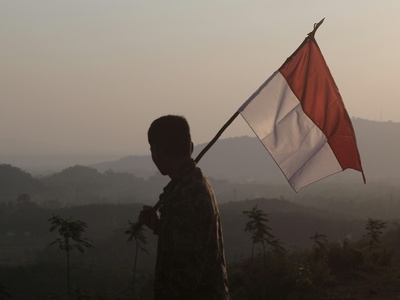
Indonesian
Bahasa Indonesia remains widely understood due to occupation-era schooling and media. Many Timorese, especially older adults, speak it as a second language for commerce and cross-border ties (estimate: census/Ethnologue).
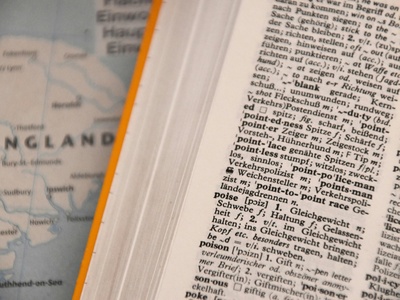
English
English has grown in education and international business since independence. It serves as a strategic language for younger Timorese and in diplomacy, with use concentrated in Dili and schools (estimate).
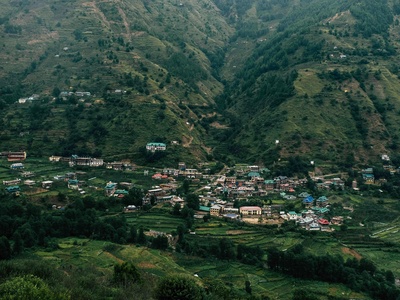
Mambai
Mambai is one of the largest indigenous Austronesian languages, widely spoken in central districts. It remains vigorous in home and community use and is often learned alongside Tetum (estimate: census/Ethnologue).
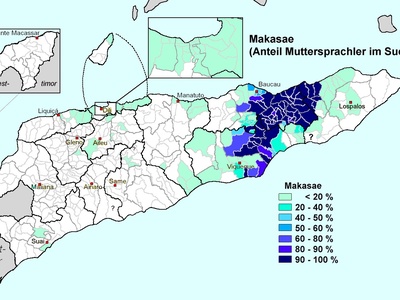
Makasae
Makasae is a Papuan (non-Austronesian) language concentrated in eastern Timor. It has strong community use in rural areas and distinct cultural identity (speaker figure from linguistic surveys).
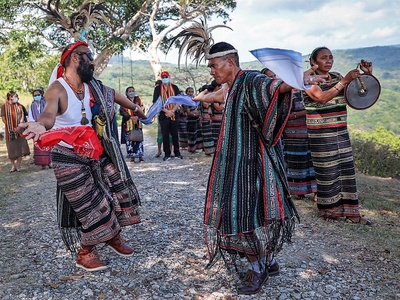
Fataluku
Fataluku is a Papuan language of far-east Timor with a robust speaker base in rural communities. It maintains strong oral traditions, though younger speakers may be bilingual in Tetum or Portuguese (estimate).
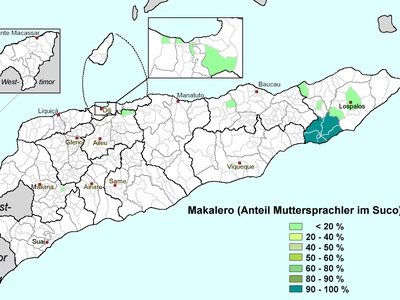
Makalero
Makalero (Makasai cluster) is an eastern Timorese language with active community use in Viqueque. It’s distinct from Makasae but related; speakers are often bilingual with Tetum (estimate).
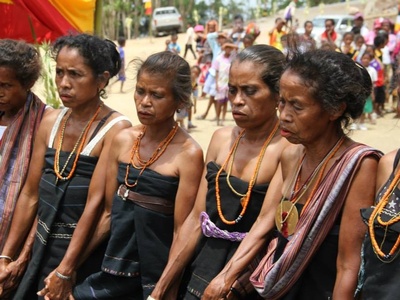
Bunak
Bunak is a Papuan language spoken in the central highlands near the Indonesian border. It remains used in villages and has a resilient speaker community despite pressure from larger languages (estimate).
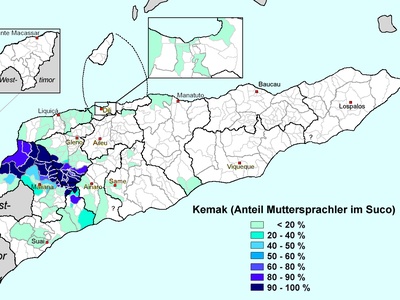
Kemak
Kemak is an Austronesian language of central-west Timor with active village-level use. It’s used in family and ceremonial contexts and often taught to children locally (estimate).
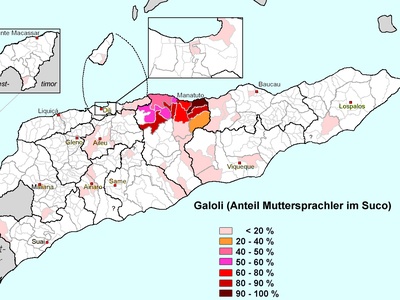
Galoli
Galoli (Galolen) is an Austronesian coastal language with strong local presence. It’s used in everyday life in several seaside towns and maintains intergenerational transmission (estimate).
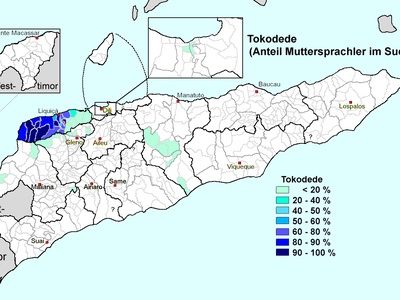
Tokodede
Tokodede is a Central Timorese language spoken on the north coast around Liquiçá. Community use continues in towns and villages, though Tetum and Portuguese influence is growing (estimate).
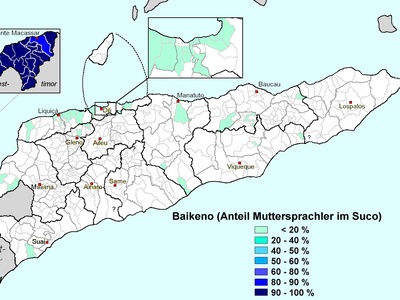
Baikeno
Baikeno (Beikeno) is the main language of Atauro Island. Small but active communities keep the language alive; many speakers also use Tetum for wider communication (estimate: local surveys).
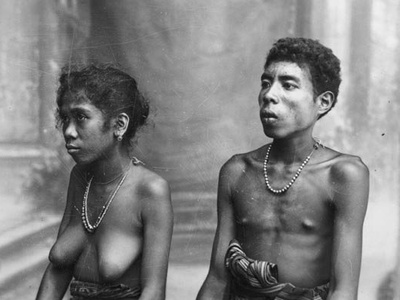
Idaté
Idaté is an Austronesian language of central Timor spoken in a handful of mountain communities. It remains in daily use locally but is vulnerable to shift toward Tetum (estimate).
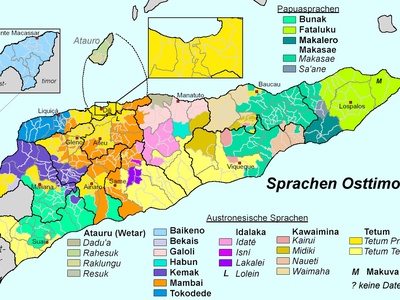
Wetarese
Wetarese is spoken by island communities and small coastal groups. It has cross-border ties with Wetar island varieties and active community speakers in Timor-Leste (estimate).
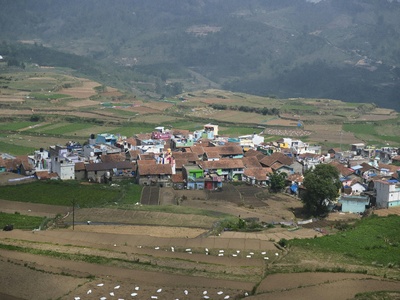
Habun
Habun is a small Austronesian language spoken by a few village communities in central Timor. It faces strong pressure from larger regional languages and is considered endangered (estimate; local fieldwork).

